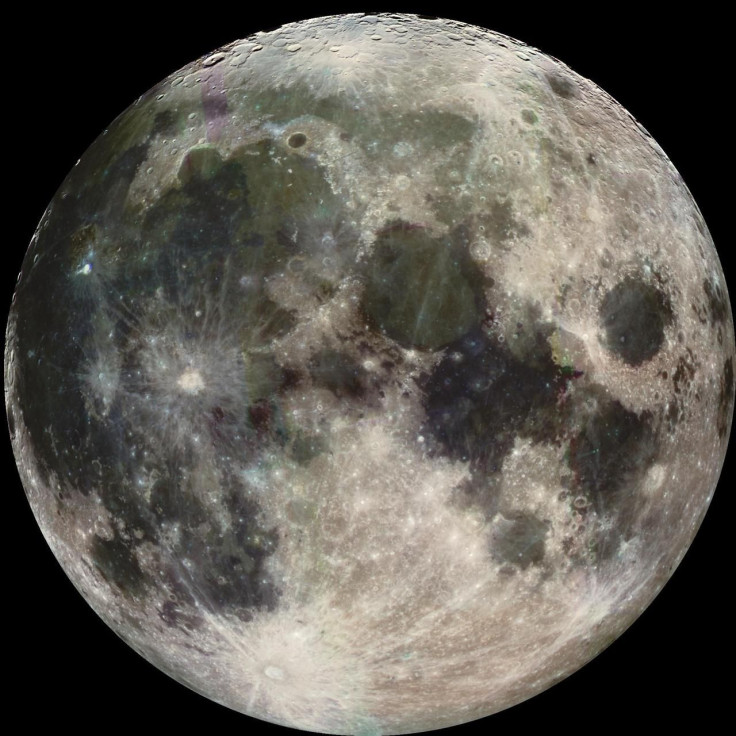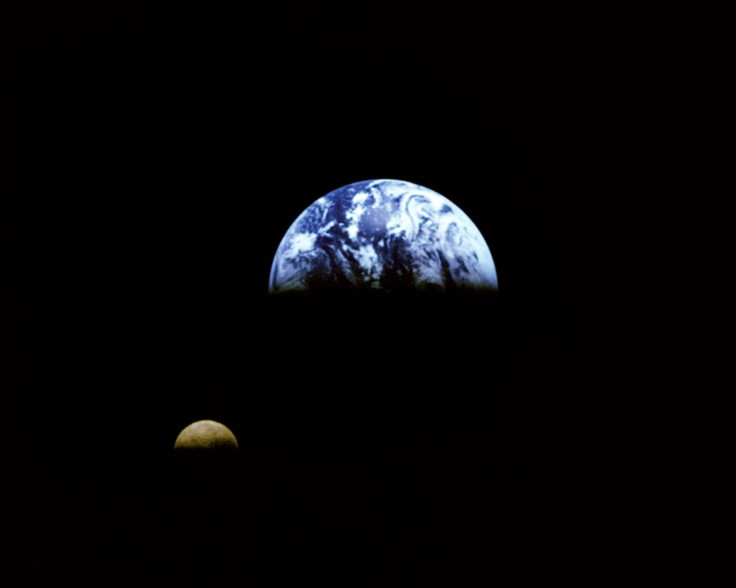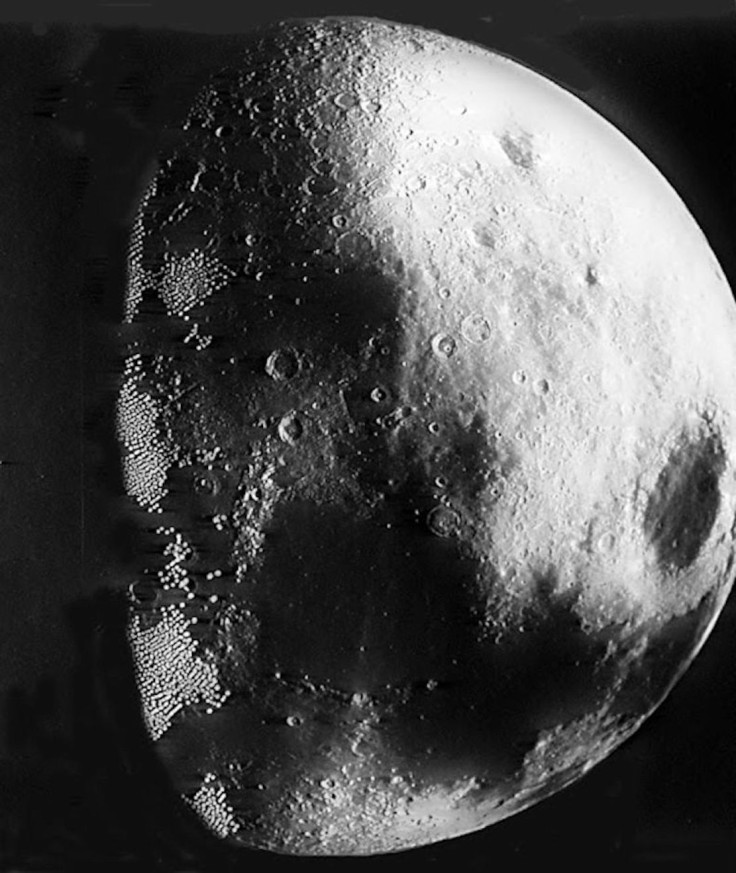Rusty Moon: Researchers Puzzled By Discovery Of Rust On Airless Moon

KEY POINTS
- Researchers found evidence of rust on the surface of the moon
- It puzzled scientists because the moon has no air or liquid water
- It's possible that the oxygen needed for the reaction to form rust came from the Earth
Evidence of rust on the moon is puzzling scientists as it has no air or liquid water.
Rust is the common name for iron oxide and it requires the presence of water and oxygen to form. While on Earth we often see rust on materials that have been exposed to water, on Mars, rust on the surface is what gives the planet its reddish hue. This suggests that the planet once had water and oxygen on its surface.
The moon has no air or liquid water, but the authors of a new study are reporting evidence of rust on the lunar surface.
For the new study, published in the journal Science Advances, the researchers analyzed data from the Moon Mineralogy Mapper (M3) instrument aboard the Indian Space Research Organization's (ISRO) Chandrayaan-1 orbiter, which had previously found evidence of water ice and mapped out the minerals on the moon's surface.
After studying the spectra detected by M3, they found evidence of hematite, a form of rust that requires oxygen and water. With the moon having no liquid water or air, it should not be possible for rust to form, especially considering that the sun is also bombarding both the Earth and moon with hydrogen, making it even harder for rust to form on the moon.
"At first, I totally didn't believe it. It shouldn't exist based on the conditions present on the moon," JPL scientist and study co-author Abigail Fraeman said in a NASA news release. "But since we discovered water on the moon, people have been speculating that there could be a greater variety of minerals than we realize if that water had reacted with rocks."
How is this possible? A closer look at the data revealed that the locations where hematite is present are strongly linked to the high latitudes where water was previously found and it is more concentrated on the side that is always facing the Earth. This suggests the hematite on the moon could be a result of interactions with oxygen from the Earth.
"Our hypothesis is that lunar hematite is formed through oxidation of lunar surface iron by the oxygen from the Earth's upper atmosphere that has been continuously blown to the lunar surface by solar wind when the moon is in Earth's magnetotail during the past several billion years," study lead Shuai Li of the University of Hawaii said in a news release.

Previously, Japan's Kaguya orbiter discovered that oxygen from the Earth's upper atmosphere can get to the moon by hitching a ride with the Earth's magnetotail, delivering trace amounts of oxygen. With the moon inching farther from the Earth, it's possible that the oxygen was delivered when the two were much closer together in the past.
Although the hematite was found far from where the water ice was previously discovered, it was possible that water molecules on the surface of the moon were released by fast-moving dust, mixing them with iron in the lunar soil.
So when the moon's orbit is shielded by the Earth from 99% of the hydrogen from the sun, the opportunity arises for rust to form.
"This discovery will reshape our knowledge about the moon's polar regions," Li said. "Earth may have played an important role on the evolution of the moon's surface."
Further studies are needed to test the researchers' hypothesis.
"I think these results indicate that there are more complex chemical processes happening in our solar system than have been previously recognized," JPL scientist and study co-author Vivian Sun said in the NASA news release. "We can understand them better by sending future missions to the Moon to test these hypotheses."
Already, NASA is preparing for future human expeditions to the moon by sending dozens of new instruments beginning next year.

© Copyright IBTimes 2025. All rights reserved.






















